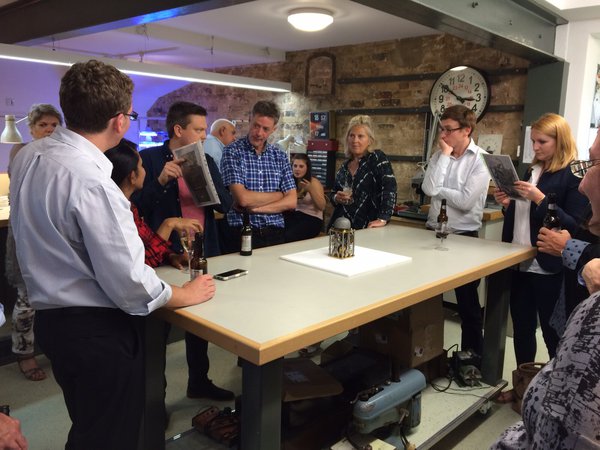The AHS Blog

Watching over us
This post was written by David Thompson
Walking up Exhibition Road in London on the way to the Science Museum, you just have to look to your right and up a bit, and there stands one of our great horological giants.

On the façade of the Victoria & Albert Museum stand a cohort of celebrated figures in Britain’s manufacturing heritage. Thomas Tompion is there amongst some illustrious company.
On his left and right are St. Dunstan, the Patron Saint of craftsmen, sculptor William Torell, printer, William Caxton, goldsmith George Heriot, blacksmith, Huntingdon Shaw, cabinet maker Thomas Chippendale, potter, Josiah Wedgwood, bookbinder, Roger Payne and designer, William Morris.
These figures, finely sculpted in Portland stone, make up part of the museum’s façade designed by Aston Webb and begun in 1899 when Queen Victoria laid the foundation stone.
However, it was not to be until 1909 that King Edward VII and Queen Alexandra officially opened the new building.
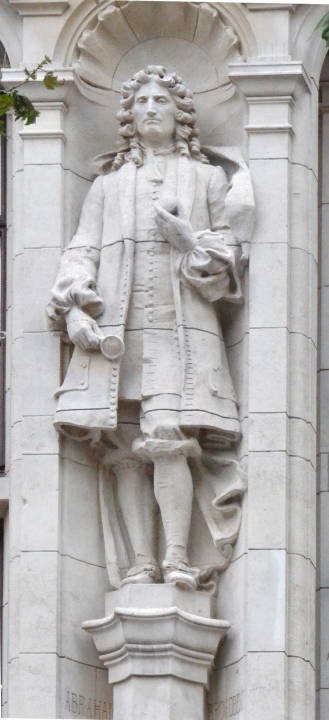

The figure of Tompion was sculpted by Abraham Broadbent (1868-1919).
He was born in Shipley, the son of a stonemason. He studied in London at the South London Technical School of Art and went on to become one of the more celebrated sculptors of his time, particularly in works in the baroque style.
Looking at Broadbent’s image of Tompion, however, it would seem that he had no access to the well-known mezzotint portrait of Tompion by John Smith after a portrait by Sir Godfrey Kneller.
Tompion is depicted holding a watch in his left hand, and what appears to be a magnifying glass in his right hand. It would seem that Broadbent did not discuss his proposed figure with a watchmaker, even in the late 19th century, such a visual aid was not the preferred instrument.
Nevertheless, it is great to see that one of the clock and watchmaking giants is there amongst a pantheon of recognized celebrities.

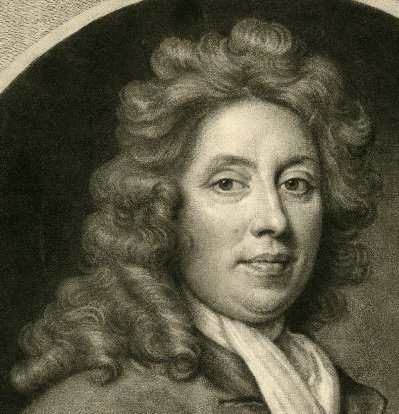
For a detailed account of all the Victoria & Albert Museum sculptures around the building façade, see http://www.victorianweb.org/sculpture/misc/va/facade.html
Sushi, saké and a send-off
This post was written by James Nye
December 2014’s Antiquarian Horology featured a clock made in 1573 by De Troestenbergh in Brussels, rebadged and given as a gift (by Spanish survivors of a 1609 shipwreck off Japan) to the great Shogun, Tokugawa Ieyasu.
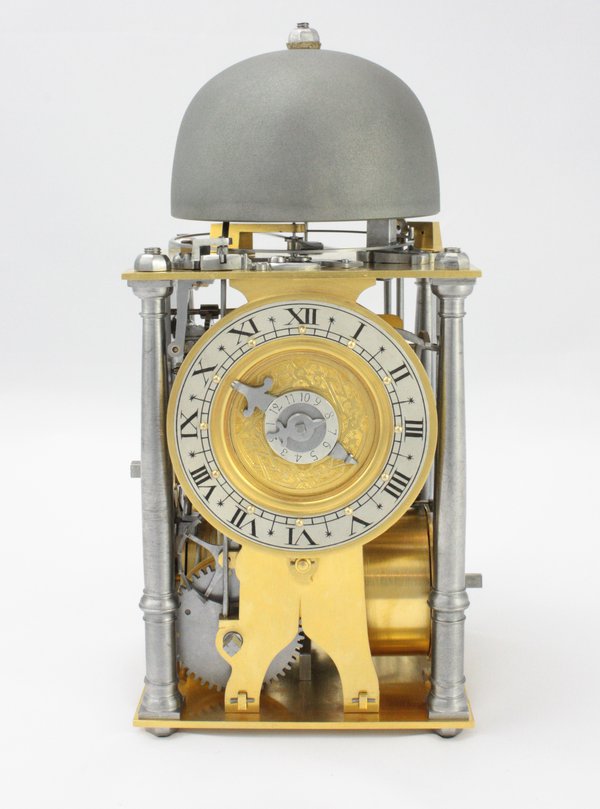
In May 2014, Johan ten Hoeve of The Clockworks worked on conserving the clock in a Japanese shrine, its home since the early 17th century, measuring and photographing everything.
The authorities wanted more than just conservation – they wanted a replica of the movement, sitting alongside, so that visitors could understand the magic of this striking and alarm clock, four centuries old and plaything of their most revered Shogun.
In August 2015, Johan and David Thompson (the project’s ambassadorial godfather) travelled to Japan to witness the significant honour accorded to the replica on its arrival and installation.
This was no ordinary project. Johan could only rely on details taken over a week.
From mid-2014 to mid-2015, he devoted hours ultimately uncountable to producing a working copy of the movement. Pillars were turned with a hand graver, fusees roughly filed out by hand, flies cut and filed from the solid, shaped plates pierced out of steel plate, and so on.
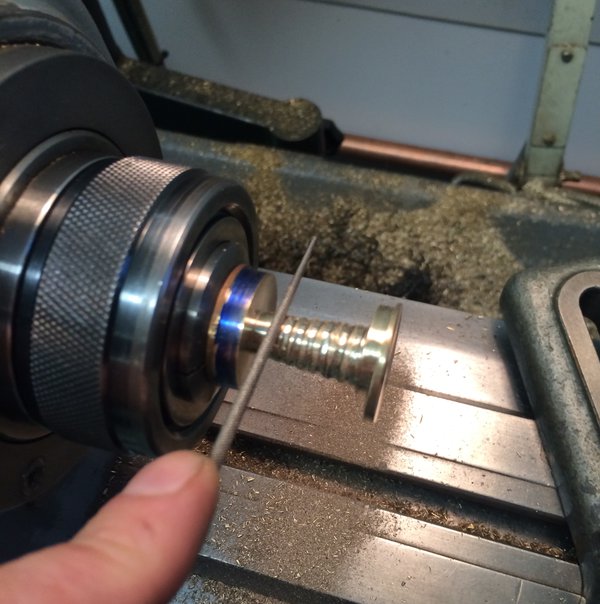
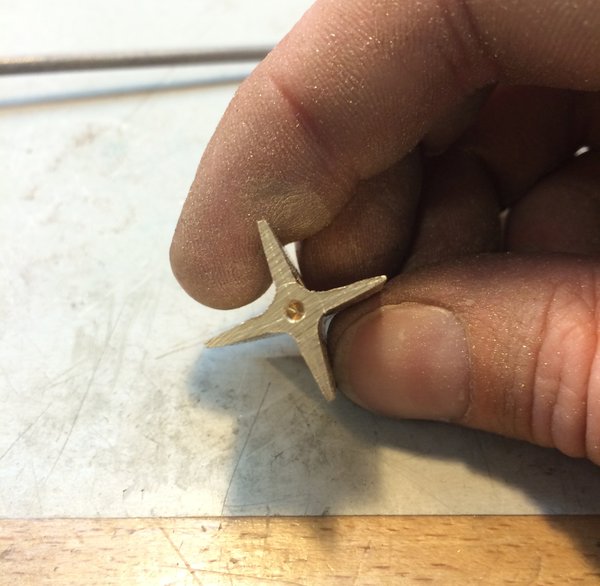
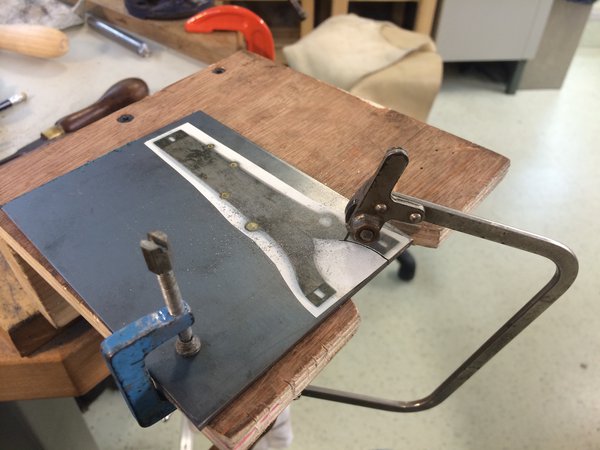

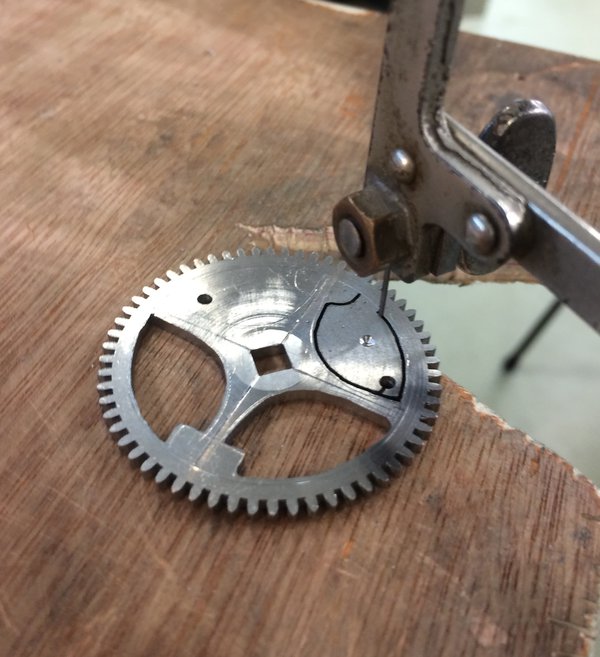
Wheel teeth were formed using modern cutters, and modern machinery played a large role, but it was a year spent file-in-hand, forming, shaping and finishing.
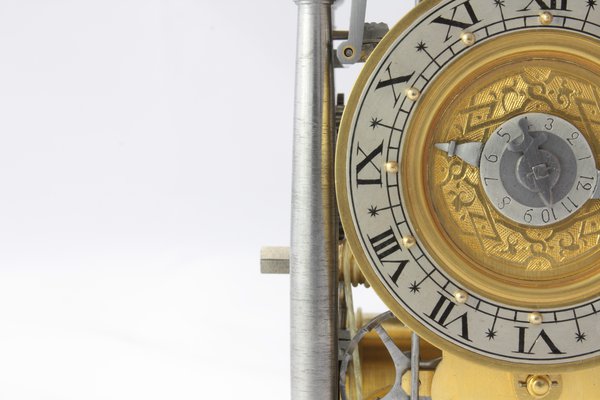
Others contributed – notably the Whitechapel Bell Foundry for the bell, while the solid silver dial and hour hand were decorated by members of the Hand Engravers Association.
The original sits in a shrine, while Johan entered near monastic isolation for a year.
In August 2015, to mark his own long journey, to thank the many who had helped, and also to enlighten friends who had not seen him for months, The Clockworks hosted an evening of sushi, saké and Asahi. This was a chance to see the working replica before its long journey to Shizuoka, joining De Troestenbergh’s original.
It was a great evening, celebrating the traditional internationalism of horology in which a Dutchman in London worked to an ancient Flemish design to produce a clock for a Japanese shrine.
Campai!
